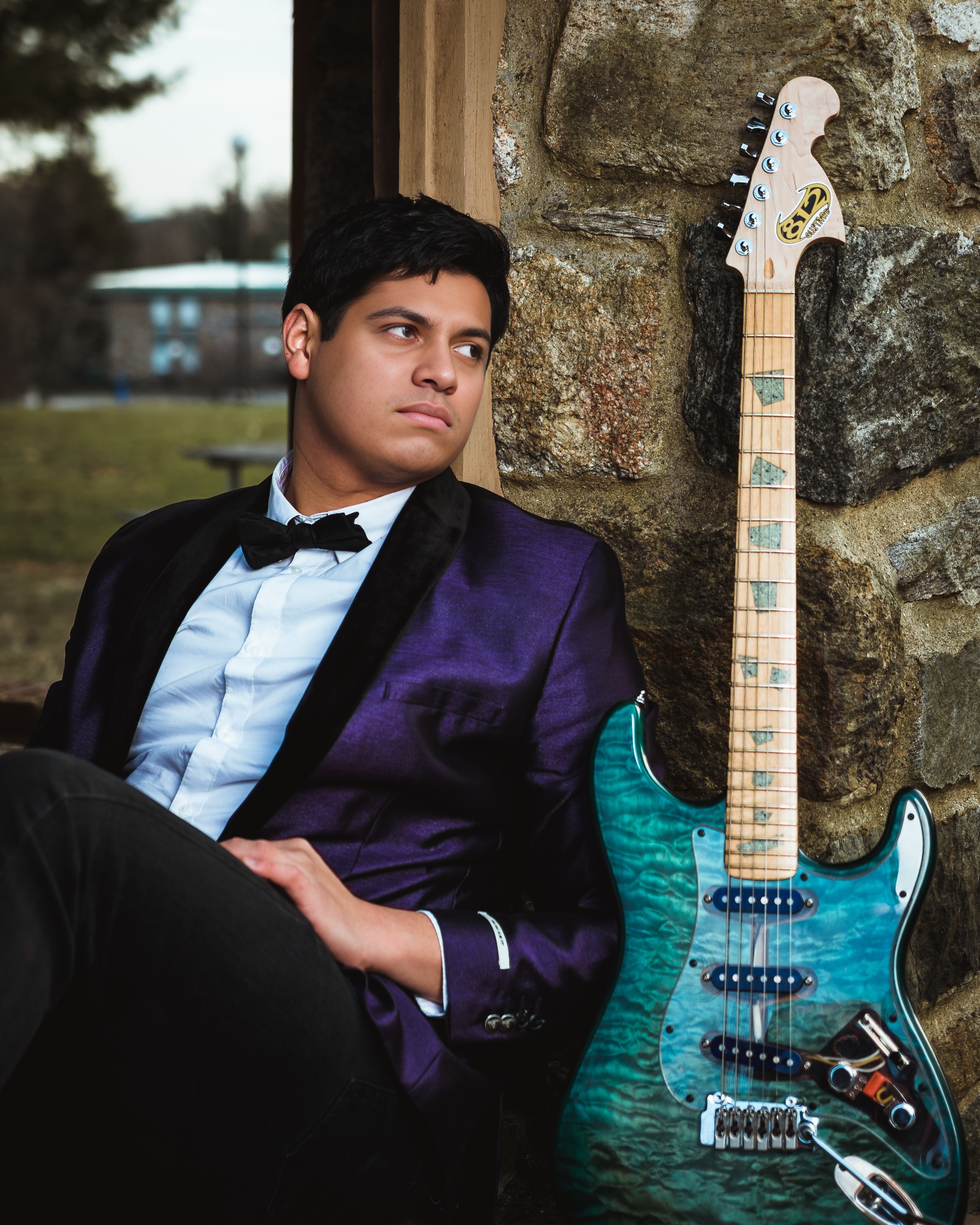Many musicians are looking for a guitar amp that has both old warmth and current sharpness. The PRS HDRX 20- does just that. Imagine how powerful the Marshall 1959 100-watt Super Lead head is. This is the same amp that made legends. If that’s the sound you want, the HDRX 20 from PRS is another great amp that could be called a “Hendrix amplifier.”
This piece on Eguitarmania will go into great depth about how the PRS HDRX 20 might be the best partner ever. From the careful craftsmanship that was based on famous amp designs to the cutting edge technology that makes sounds better, this amp is really something special. In addition, we learn more about how it manages to strike a good mix between speed and accuracy.
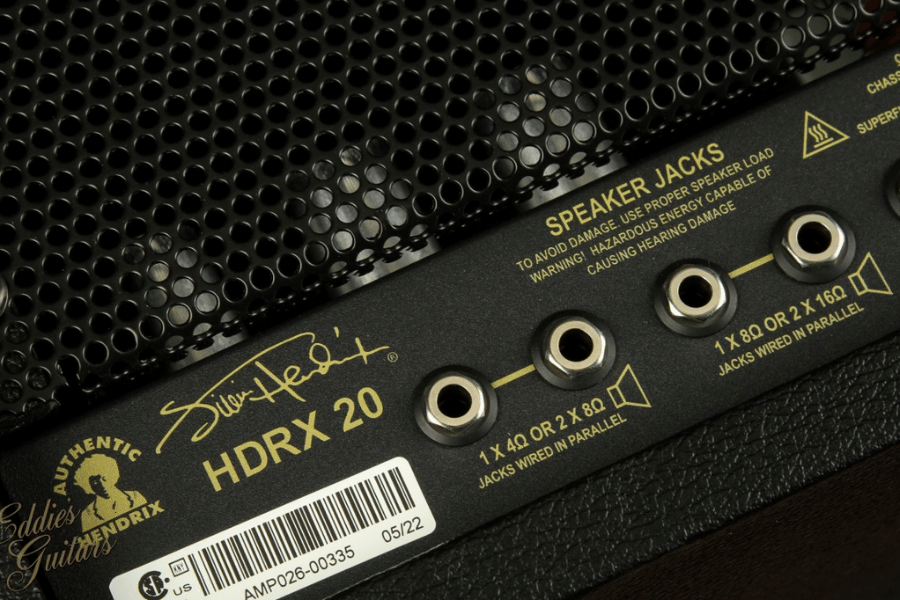
Specification of PRS HDRX 20
After meticulously studying the original amp’s circuitry, PRS retooled and refined it, giving rise to the HDRX series. The HDRX 20 captures the Hendrix-inspired tube head magic of PRS’ HDRX line in a lower-wattage head that’s ready for action!
| Global Controls | Master Volume, High Mid Gain Switch (off/on), Treble, Middle, Bass, Presence |
| Extension Speaker Jacks | 5 |
| W – D – H | 17.25” – 9” – 9” |
| Outputs | 1 x 1/4″ (16 ohm), 2 x 1/4″ (8/16 ohm), 2 x 1/4″ (4/8 ohm) |
| Weight | 27.6 lbs |
This amplifier head has three 12AX7 preamp tubes, 5881 power tubes that break up well at low volumes, and a brand-new master volume knob that makes it easy to get rich tones even at low volumes. The HDRX 20 has a simple control setup, flexible channel mixing, and strong EQ features such as 3-band EQ, presence, and gain controls that you’ll enjoy.
Prs Hdrx 20 Review
Design and Build
The new HDRX 20 is a small, all-tube head that is mostly the same layout as the bigger models, but there are a few interesting differences.
The Hendrix estate approved these newest designs, which are based on Paul Reed Smith and amp specialist Doug Sewell‘s meticulous analysis of a vintage Super Lead at the Museum of Pop Culture in Seattle.
The black case has a big PRS logo, black piping, and pierced metal holes on the front and back. The vinyl is placed neatly. The heavily radiused corners slightly bring to mind the look of the original Marshall Super Lead.
The HDRX 20’s control panel is a smart take on that design. It has two parallel preamp channels called Treble and Bass. Instead of the patch lead that is common on old Marshalls, the HDRX 20’s uses internal jumpering to let both the Normal and Bright channels be heard at the same time. The two preamp channels have their own volume settings, which feed the high, middle, bass, and presence tone buttons.
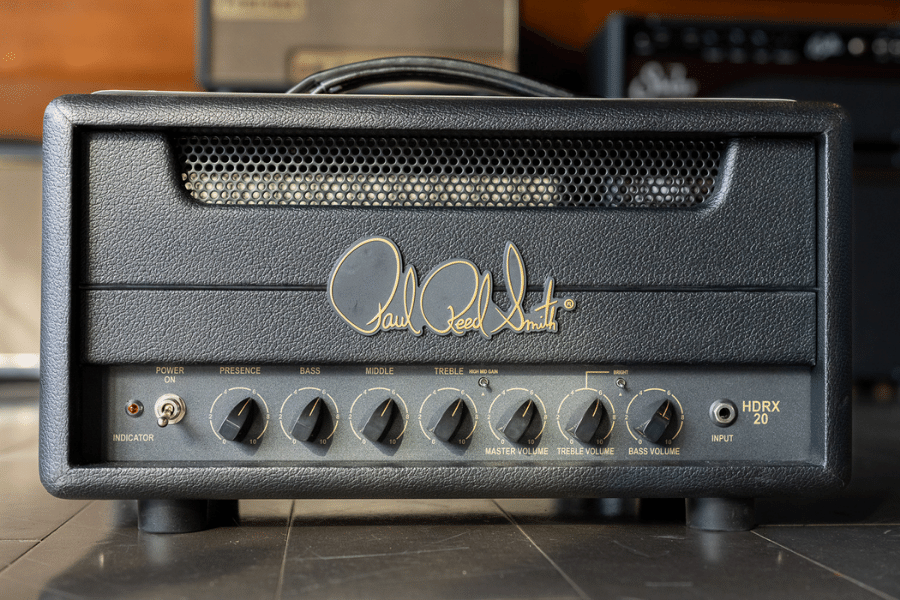
On the inside, the steel body holds two pretty big transformers and a choke, which is a transformer-like part used to smooth out AC mains noise. Most of the parts inside the frame are on a big, high-quality, double-sided, through-plated printed circuit board. This board is where the front-panel controls and three JJ ECC803S preamp valves live.
Five speaker jacks allow connection to 4-8-16-ohm cabinets, and the simple back panel has bias test points and an inset adjustment pot. The HDRX 20’s history is shown by a screen-printed Hendrix name and the Authentic Hendrix mark. The HDRX 20 is a solid, no-frills head that’s made to last. It looks and feels like a standard PRS head.
Performance
The HDRX 20 is another great amp from PRS. It could be called “a Hendrix amplifier” if that’s the sound you’re going for, but it’s also a time-capsule Marshall-inspired amplifier with a smart, modern build that blues and rock guitarists can use to make their own sound.
The HDRX 20 makes almost no noise when it drives a box full of Celestion Creamback and Vintage 30 speakers. The more expensive HDRX types are hand-wired in the US. This one, on the other hand, is made in Indonesia, but the quality and attention to detail are just as good as with the SE line.
It seems like the first thing that should be done is to plug in a Strat and look for that juicy Hendrix sound. The two preamp volume settings become very important for fine-tuning a sound when the EQ works on both channels at the same time. With more cut, more juice in the upper mids, and more clarity, the gain boost switch lets you get those gnarly Hendrix-sounds. The middle control can take you from scooped spankiness to a sound with more muscle around the gut.
The tone is a little better when it’s turned off. The Bright switch only changes the Treble channel, and it makes a bigger difference if you already have the treble dial turned down. It added a high-end sheen when we moved to humbuckers, and it’s a quick and easy way to add EQ when switching from, say, a Strat to a guitar with darker pickups.
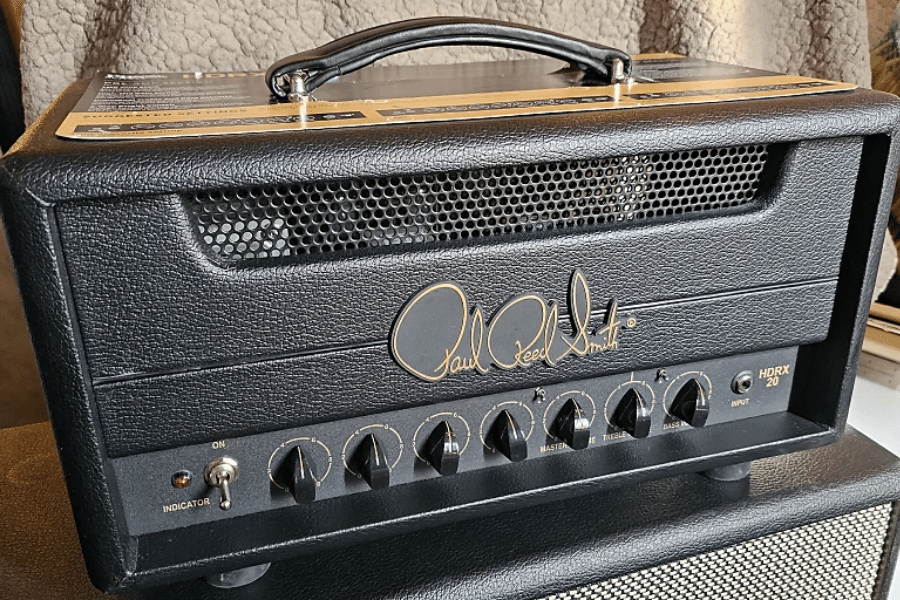
Even though there isn’t an effects loop, those channels are set up for low to medium gain, so they worked well with everything we put in front of them. We can take comfort in the fact that amps like this one, which are somewhere between a JTM45 and a Super Lead and are great for blues-rock fans, can at least bring some of Hendrix those sounds closer.
It was found that the 5881s produce a thick but clear tone that works best in a lower-wattage setting. This tube head has a very sensitive output that lets you change from a clean chime to a crunchy grime by changing the attack and dynamics. When you push the HDRX 20 to its limits, you’ll hear clear, harsh tones that sing softly and sweetly when you back off. Besides that, this amplifier is quieter than its older version because it has a newer power source and filament design. You can turn the HDRX 20 all the way up and still hear amazingly low levels of hum and hiss.
Controls & Flexibility
The settings on the PRS HDRX 20 are the same as those on an old British non-master-volume amplifier. A 3-band equaliser lets you change the tone a lot, and a 2-way bright switch and a High Mid Gain switch let you change the sound even more. You can also fine-tune your higher notes with the Presence setting. Also, this new HDRX model has a master volume knob that lets you change the output to your liking. This is a must-have for getting the most out of this low-wattage head.
Things I Like and Don’t Like
Let me tell you about my experience with the PRS HDRX 20 amp.
First off, I was really drawn to this little beast because of the Hendrix-inspired circuit. I thought the idea of having those West Coast mods that gave Jimi’s 1969 Superleads their iconic tone was super cool.
What really sold me though were those sweet 5881 power tubes. Every amp I’ve played with 5881s has just sounded amazing to my ears, both clean and driven. The master volume was also a big selling point. Look, I love the sound of a cranked non-master volume amp. The SV20H was supposed to be that low-watt Plexi amp for me, but it really fell short in capturing those classic Plexi qualities. This amp lets me switch between that pure Plexi voice and Jimi’s iconic mid-boosted lead tone, and they both sound so accurate to my ears.
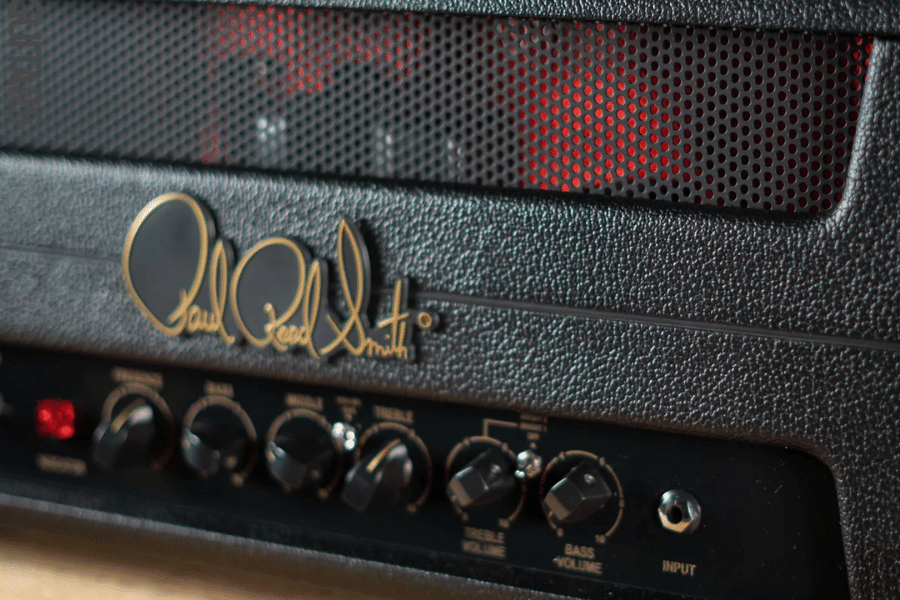
However, not everything’s perfect. There’s no reverb built-in, which I can live with since lots of my older tube amps don’t have it either. I’ll just use a pedal or apply reverb after recording. Speaking of recording, I do wish it had a dedicated line out to quietly record straight into an interface.
Overall, I’m absolutely loving the HDRX 20. This thing nails the Plexi tone I’ve been chasing for years! With the HDRX, they seriously nailed it for under $1000!
Final Thought
In conclusion, the PRS HDRX 20 is an incredibly impressive little amp. Being able to flip between the pure Plexi voice and Jimi’s iconic lead tone is an absolute treat. For guitarists who love that warm, vintagey vibe with just a hint of aggression, this amp is an absolute must-try.

